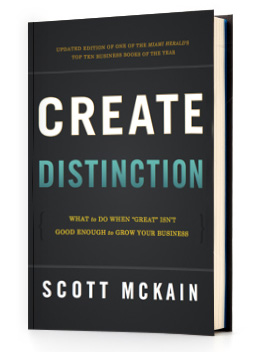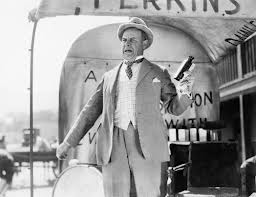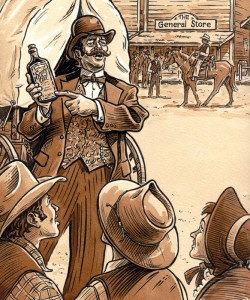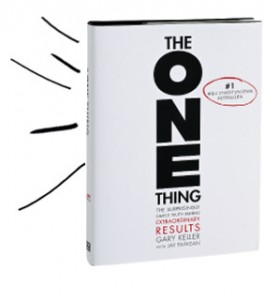Increase Sales/Fix Sales Problems: Do a Midyear Sales Gut Check
Last year approximately 70% of sales managers achieved their sales goals and of that approximately 10% surpassed their goals. So that leaves 30% of the sales manager’s not hitting plan in 2013 and in 2014 their sales regions received another increase.
What can those at plan do midyear to insure they close the year at plan?
What can those not at plan through the end of June do to insure they hit plan year end?
Quick question: How are your sales performing to goal? If you are like most companies this year’s goal was difficult as we scratch and claw our way out of the recession and you just might hit plan. How can you be sure you not only hit your sales plan but exceed it? You need to perform a midyear sales gut check.
I have been leading sales and marketing teams for more years than I like to admit. (over 30 years… but who is counting) I have used a simple process that has often resulted in a dramatic increase in underperforming sales regions as well as keep the momentum building in regions at or above plan: a midyear sales gut check. What we do is basically review each sales region’s performance to the sales playbook you prepared when the year began. Now that half the year has passed we need to review how the region performed to the sales plan we developed to hit sales objectives. Change and the rate of change is constant in our dynamic markets and as Sales Benchmark Index shared in a recent review on Jill Konrath’s new book Agile Sales discusses:
“Fighting these changes, or denying they exist, is pointless. You need a new skill to cope with being an overwhelmed worker. The skill needed to exceed in this environment is agility.”
If you have never done this process I want to share how I have done it in hopes it adds value to you and your salespeople. I also highly recommend you buy Agile Sales. As David Meerman Scot shared in his recent post; Agile Sales Requires a Real Time Mind Set. Good sales leaders are always asking questions and practicing what I refer to as: Clean Sales Management. Your midyear sales gut check needs you to direct your questions internally as well as externally.
What did we set out to do this year? (restate goal(s) and how we agreed we would achieve them)
What are our goals in dollars and profit dollars contributed from sales?
Where did we expect them to come from?
How has this region performed through the end of June to the goals you established for the current sales year?
What is working? (and you need to do more)
What did you think would work, has not produced the desired sales impact and you need to stop doing?
What have we learned?
What are the results on key performance indicators that drive top line results? (discuss each)
Has the market experienced any strategic shifts that can be trigger points for new sales or challenges to existing sales?
Based on the data discussed what will be your three key focus areas for the rest of the year?
If you had to pick just one, with the intent that perfectly executing that one would make the other two obsolete…what would it be?
A midyear gut check is something I like to perform both for the businesses I am serving but also personally and I have added this process to every team I serve. If you have not tried this process I highly encourage you to do so.
Let me leave you with a few questions that may make you want to try this process…
How is your team performing to plan YTD?
What did you plan for this year and it worked?
What did you plan and it did not work?
Based on what you have learned what changes have you made to insure the sales plan is achieved year end?
( if I served on the board of your company this is one question I have asked that has left the best CEO’s pale and at a loss for words)
As the team who has been tasked many years with” just making it happen” we need to have the desire and process to gather current market data and agilely approach our markets to insure we achieve and surpass our sales objectives.
Does your team practice agile sales?











